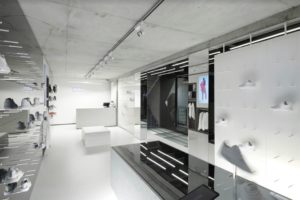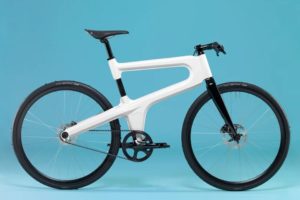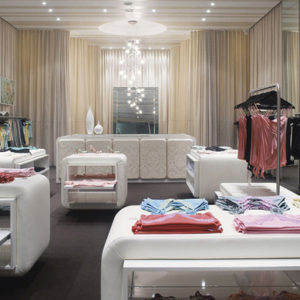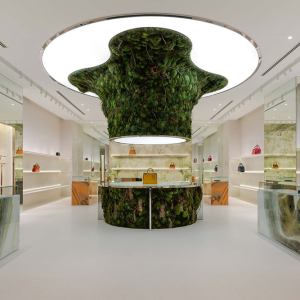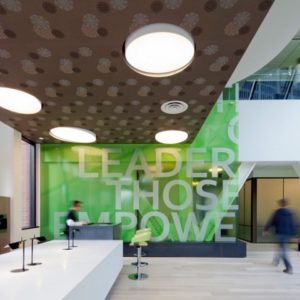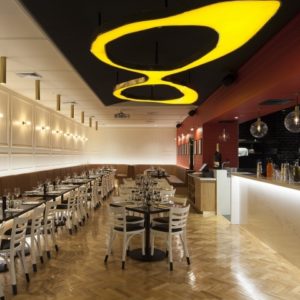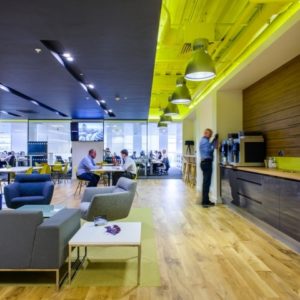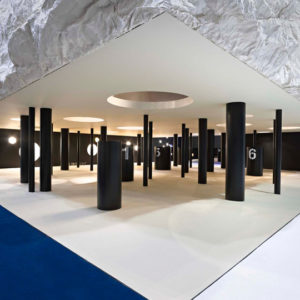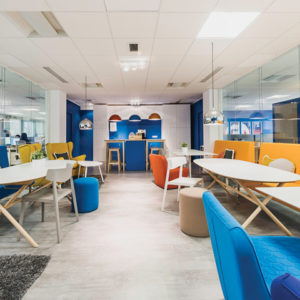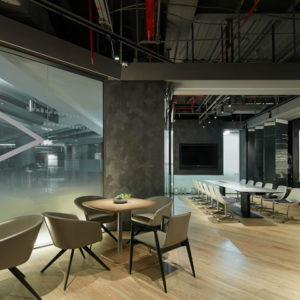
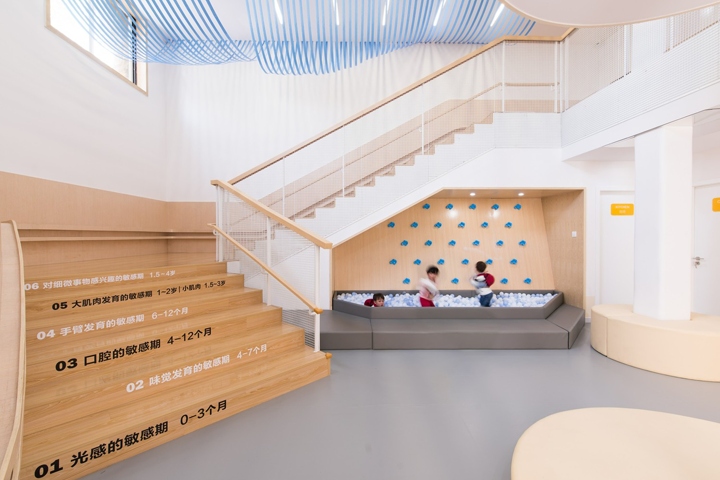

Besides the outer rim of Shanghai, Jinting Manor is a private estate that integrates wedding hotels, kindergartens, zoos, equestrian centers and nursing homes, where L&M Design Lab has recently finished the design of Early Education Center beside the Horse Farm. A soft inner boundary indistinctly penetrates through the quiet white elevation, telling the tension of childhood dream.
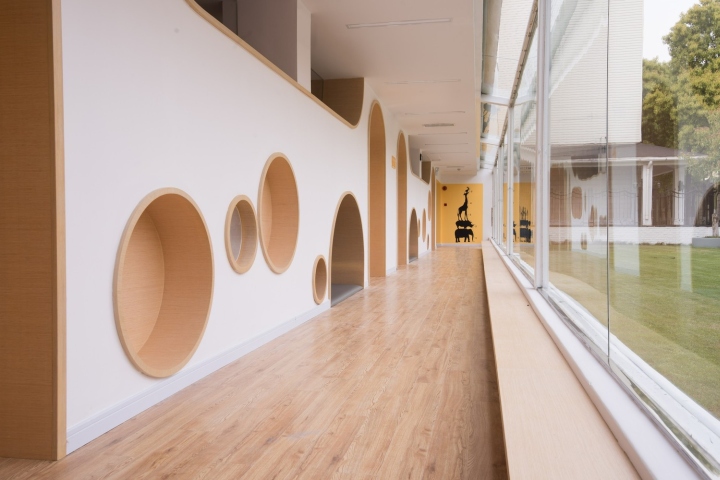
The use space is completely disjointed with the traffic space before reconstruction, the first-floor hallway was totally unattached to classrooms, the second-floor corridor was without light, the classrooms were dull and poorly lit, and the great hall was empty and scary. Terrible internal mashup brought about some sense of violation even with the scenery of horse court outside the window. The design began with the solution of two negative corridors and an empty hall.
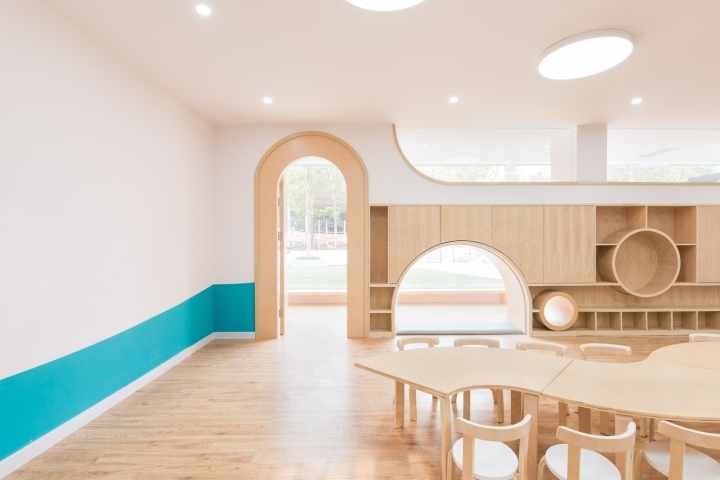
Compared with teaching space inside the classrooms, the corridor outside is more important because of good vision and its publicity. We switched the classrooms with the corridor on the second floor, eliminating negative space of no light. Then, on the basis of in-deep studies on the behavior characteristics of crouching, crawling, sitting and jumping in children’s growing process, we thickened the partition panel between the corridor and the classroom, making it a multi-functional place that incorporates lighting, parent-child activity, children’s games and teaching aid storage.
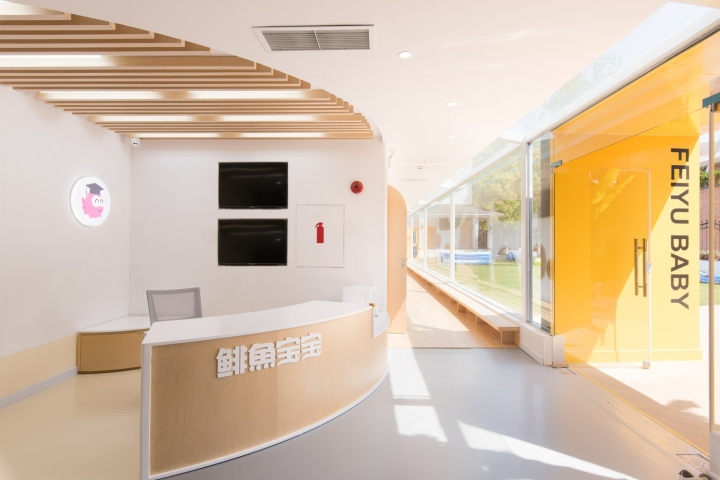
After two steps of flipping and thickening, the floor-to-ceiling windows on one side of the corridor not only introduced the landscape into the building, but also made the building itself a stage where children, parents and teachers would perform a play about education and growth. Considering the pattern of early education center, we set up arc windows at the top and bottom of the wall, so that the daily activities outside the classroom would not interfere with the indoor activities. At the time when parents are worrying about their children, standing on tiptoe or bending down, the indoor activities will quietly come into view. That’s one of spatial strategies that let parents feel their children’s perspective and behavior unconsciously.
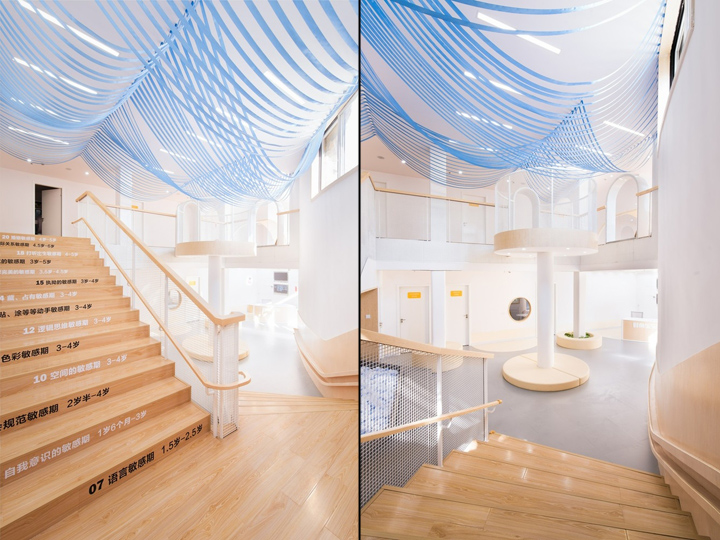
The empty hall is the key area in reconstruction, which should enhance the movement and interest of space. We first set up a circular tree house in the center of the hall. The precisely calculated area makes it an exclusive world for children and teachers, while the small stage under the tree house undertakes the function of public activities. The rectangular pillars are polished into trunk-like shape, the surround moving line restricted by three pillars eventually Activates the original empty hall. The circular moving flow fully activates the empty hall which is furnished with round soft cushions and mirror stainless steel plate reflecting the nearby ocean balls and climbing wall. The monotony of waiting is broken by the experience of watching and playing, where parents renew one’s youth and feel loved.
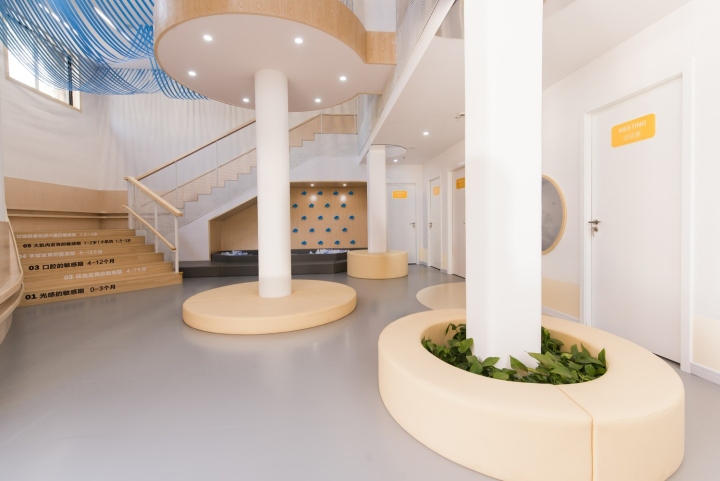
The climax of the whole space, the blue and wavy sky in the hall, is composed of 218 ribbons in different lengths that are calculated through gravity simulation by computer digital technology. When sunshine is pouring down, the floor would sparkle and ripple the romance and softness of childhood. Sunlight, the sky, the sea, forest and castle, permeated with natural and romantic intentions, are reassembled in the hall in abstract form and set off children’s carefree and innocent figures.
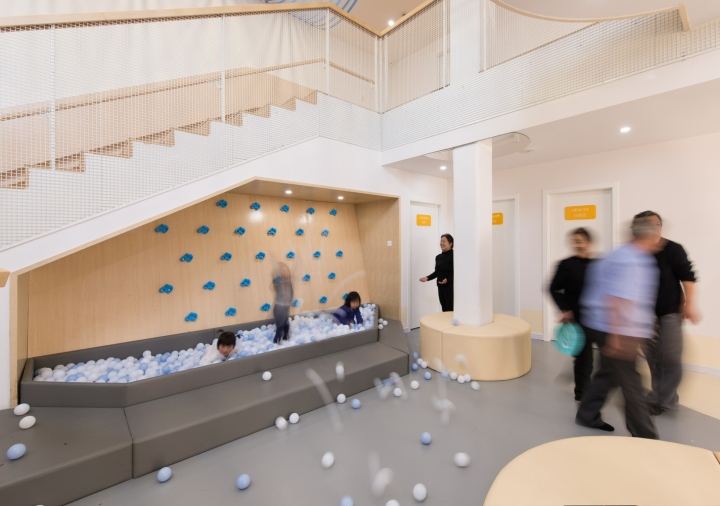
The original mediocre classrooms have been completely transformed as well. The interior space is fully retained thanks to the exploration wall that meets the demands of storage. A blue arc on the wall that outlines the waves, together with top lights shaped into Big Dipper, endows each classroom with imagination of stars and sea. Looking out of the window, the figure running on galloping horses is ideal model of knight for the children. The sunny, warm early education center provides these 2- to 6-year-old children with endless exploration and imagination. Through large windows, they are able to see the elders riding horses on the farm and one day they may grow into real knights from here.
Architects: L&M Design Lab
Lead Architects: Jinrui Liu, Qiong Feng
Project Manager: Lan Guo
Design Team: Mingxi Zou, Su Zhang, Haosheng Zhang, Endong Zhang, Xinyu Jiao, Yingyi Zhang, Qian Guo
Photographs: Pengcheng Yang
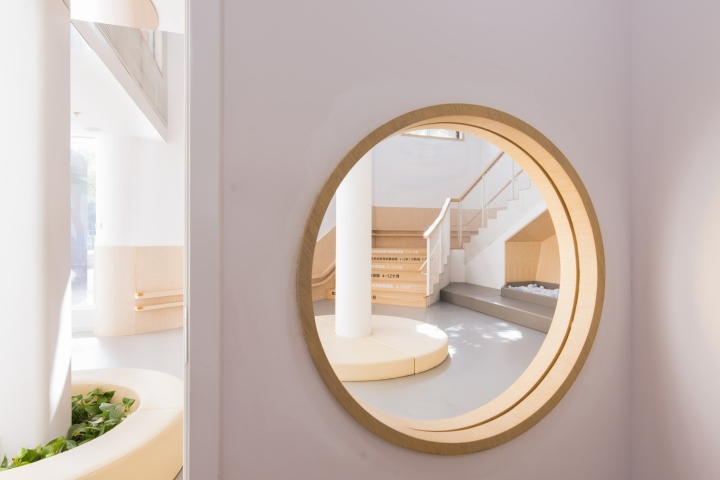
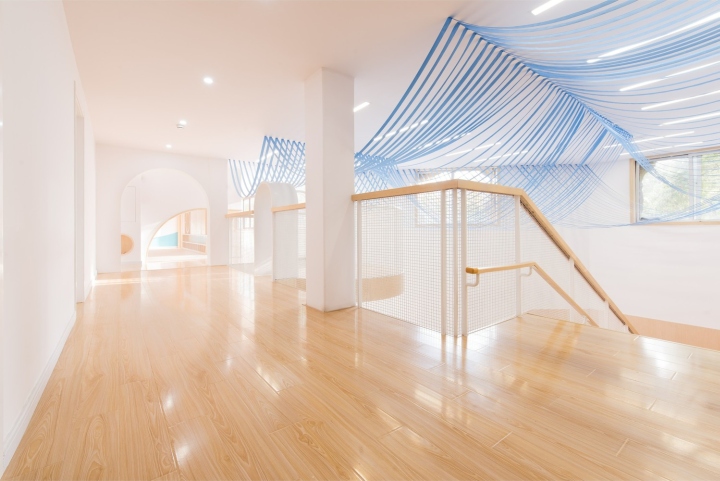
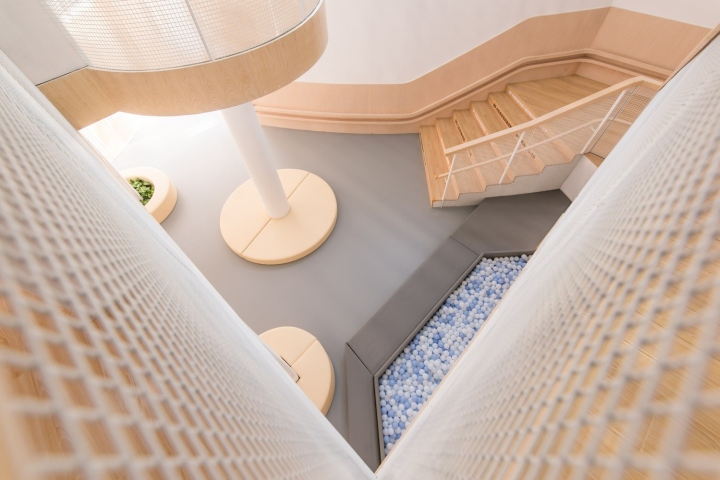
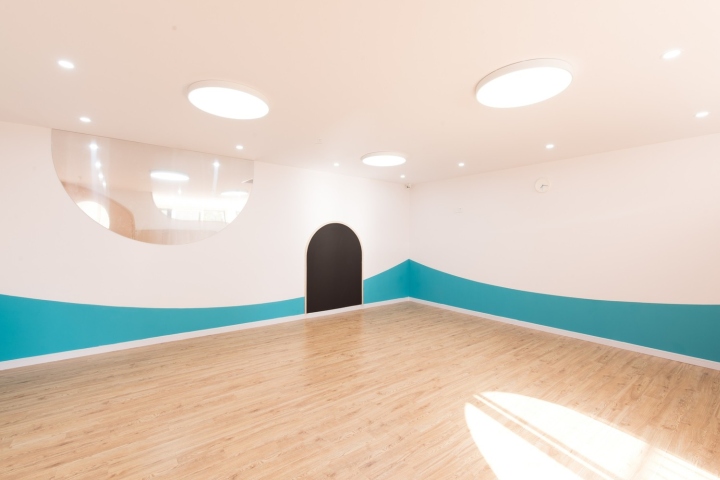
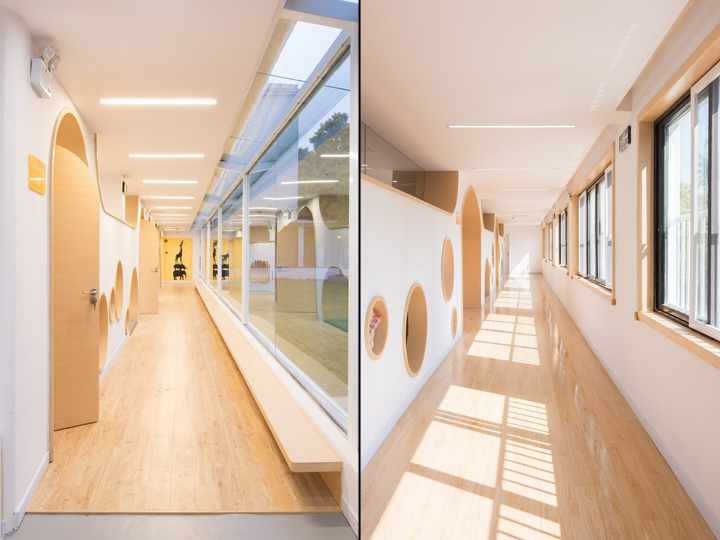
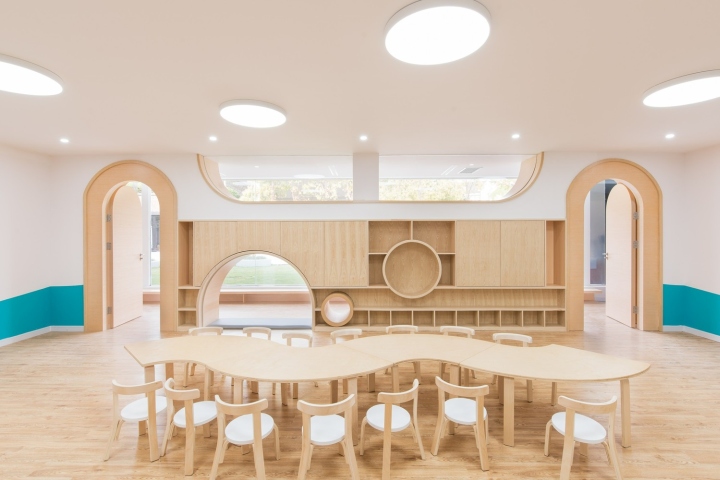

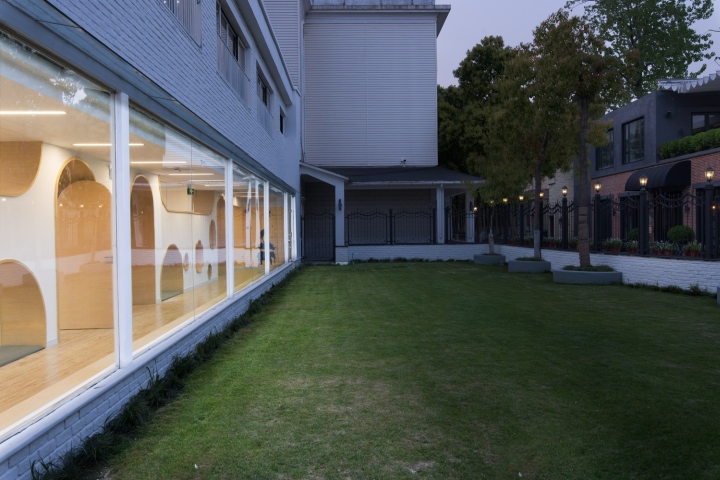
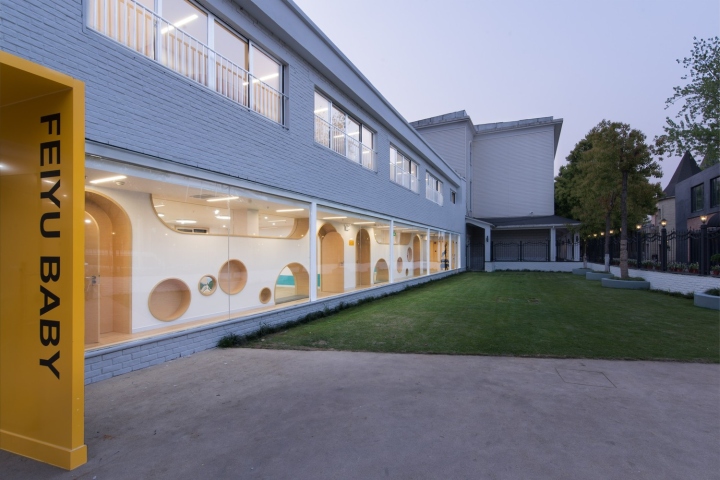
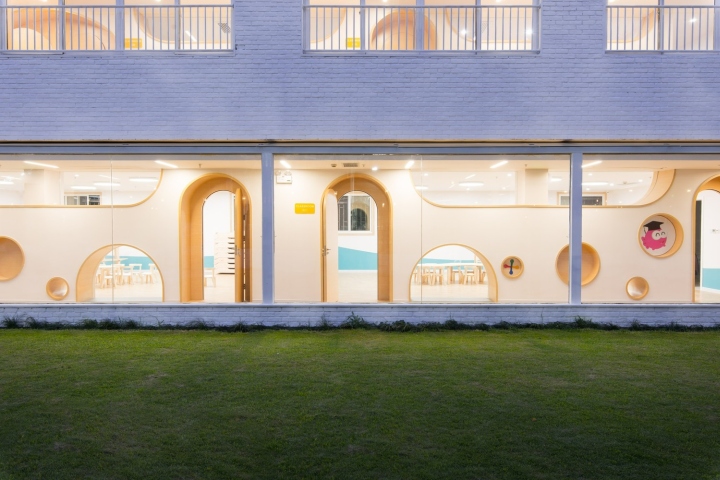
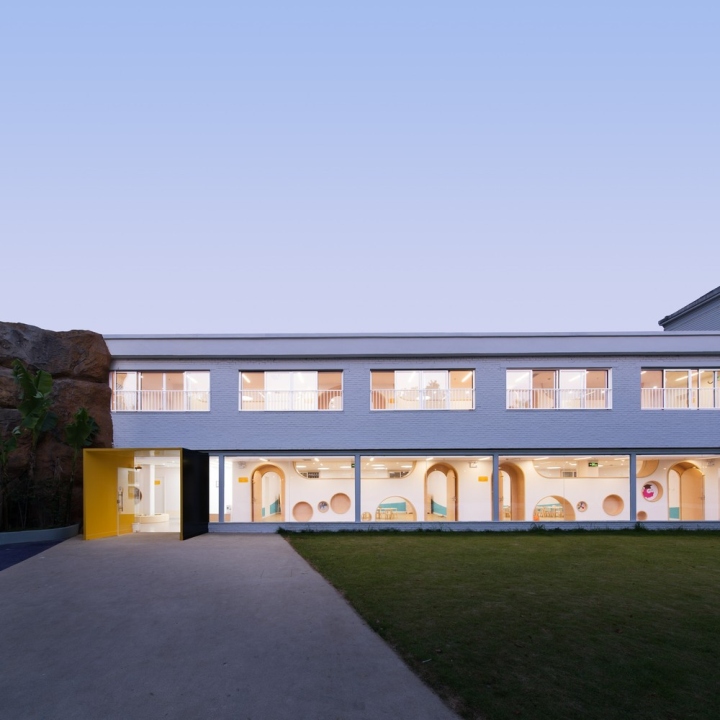
https://www.archdaily.com/895337/early-education-center-near-the-horse-farm-l-and-m-design-lab

















Add to collection
